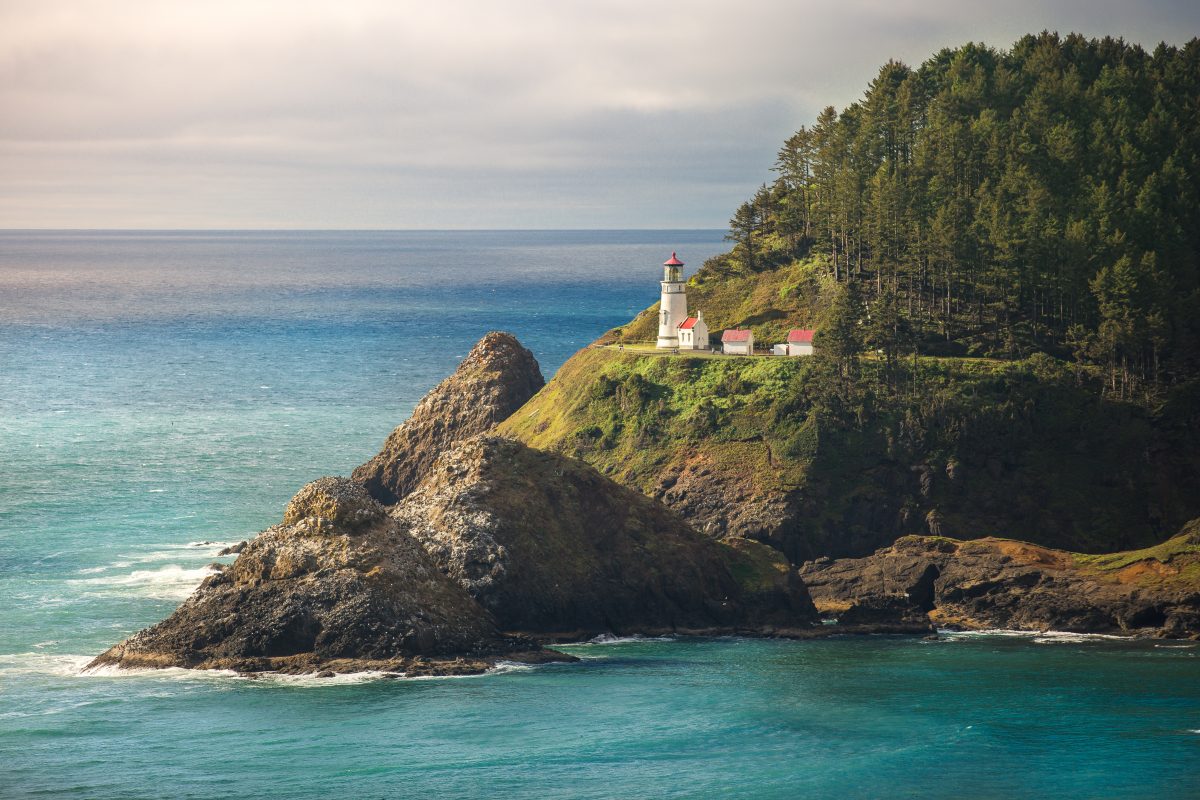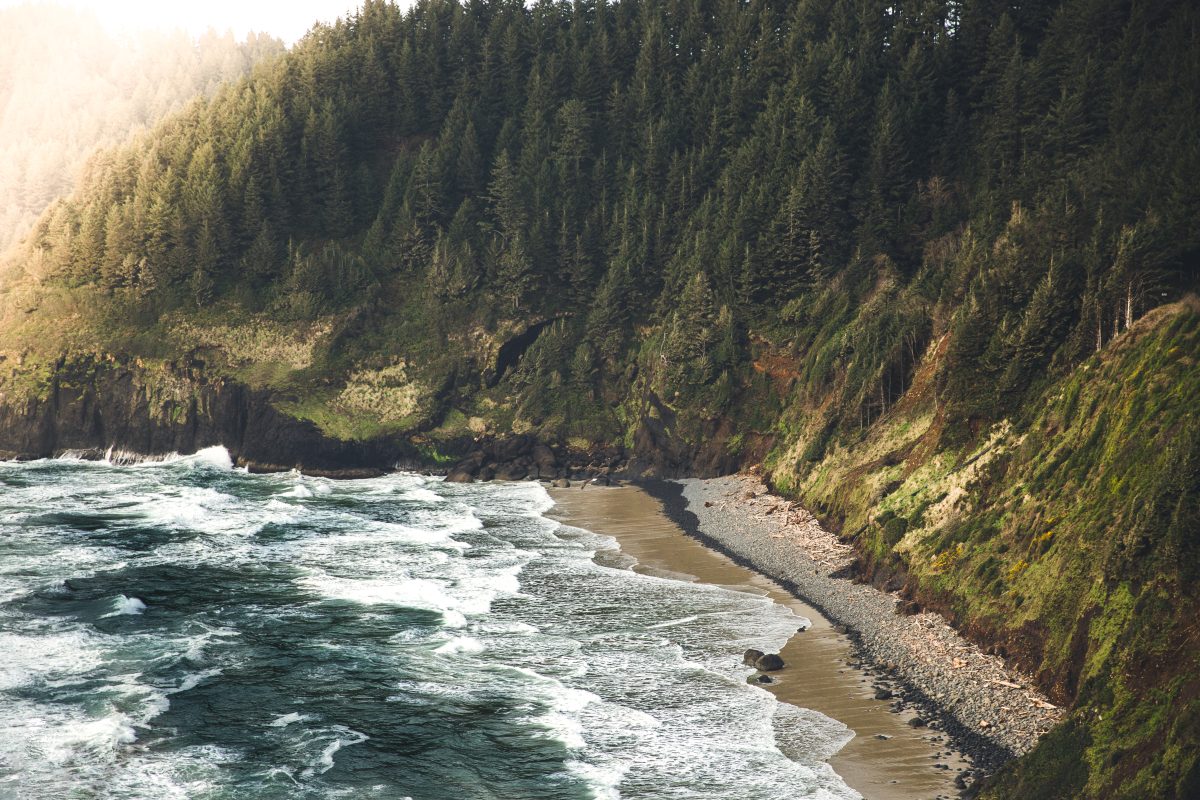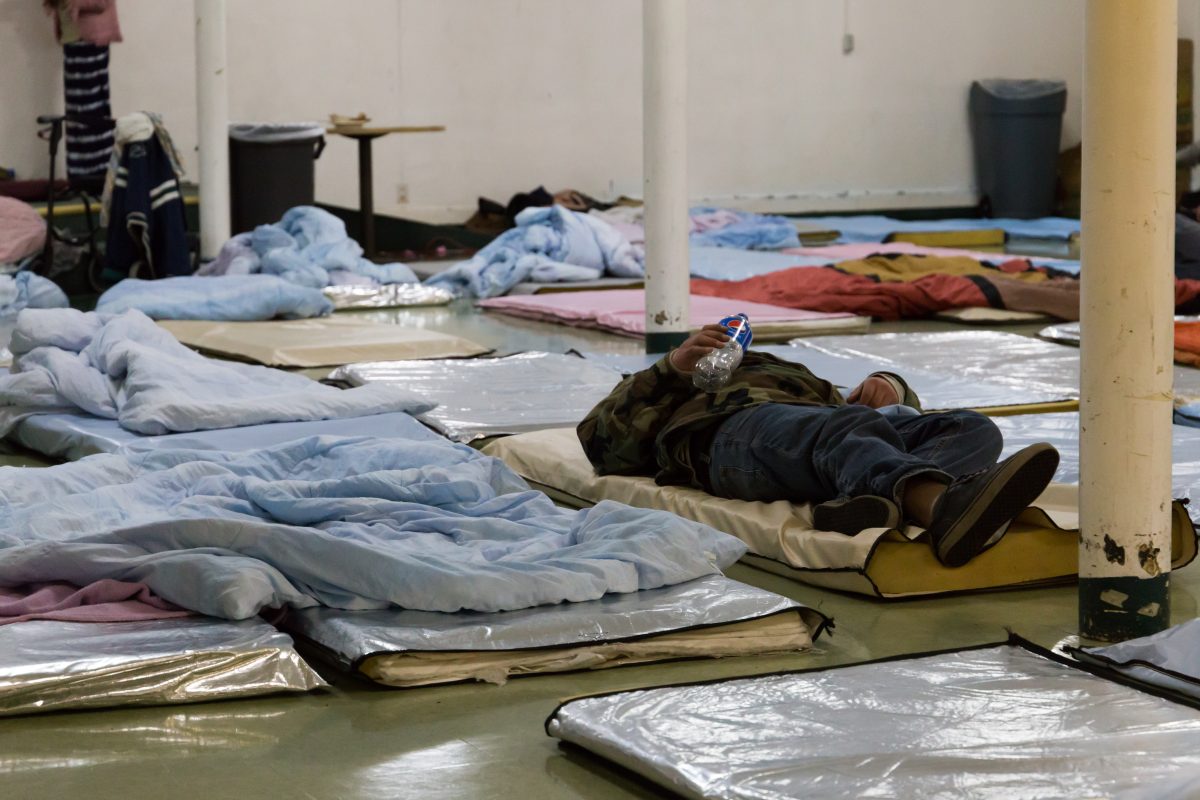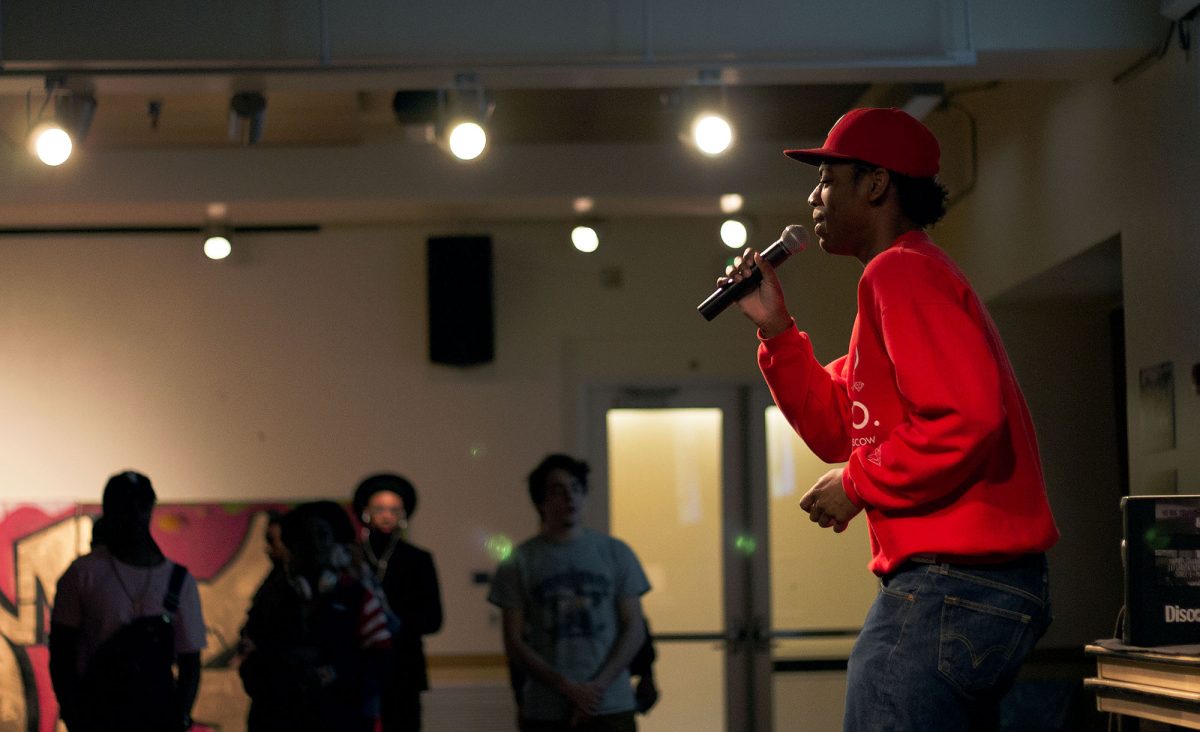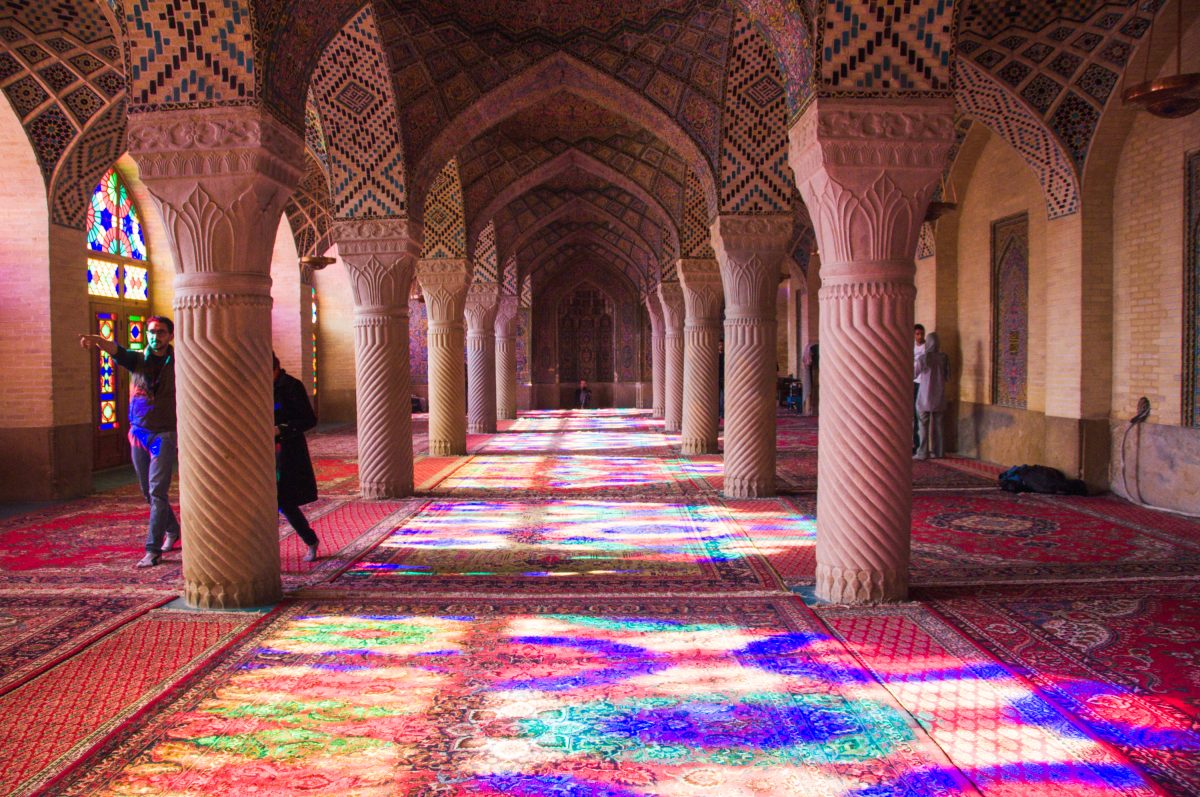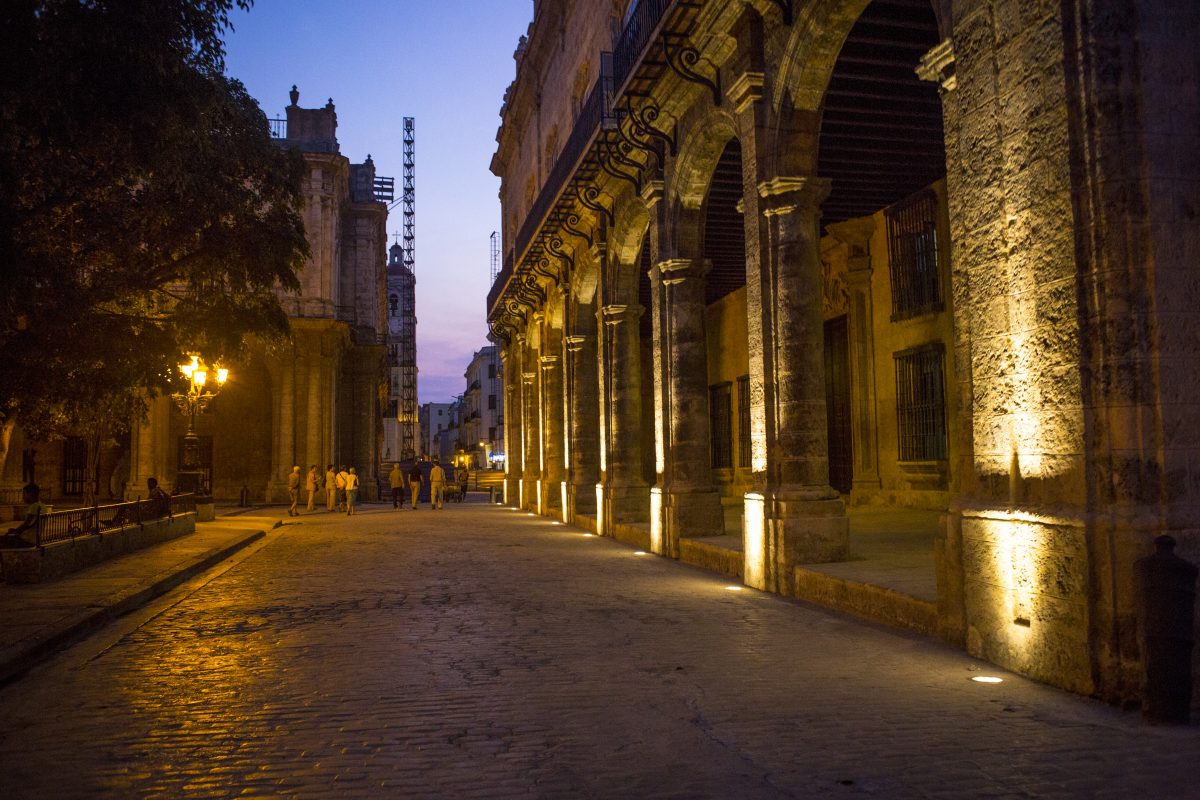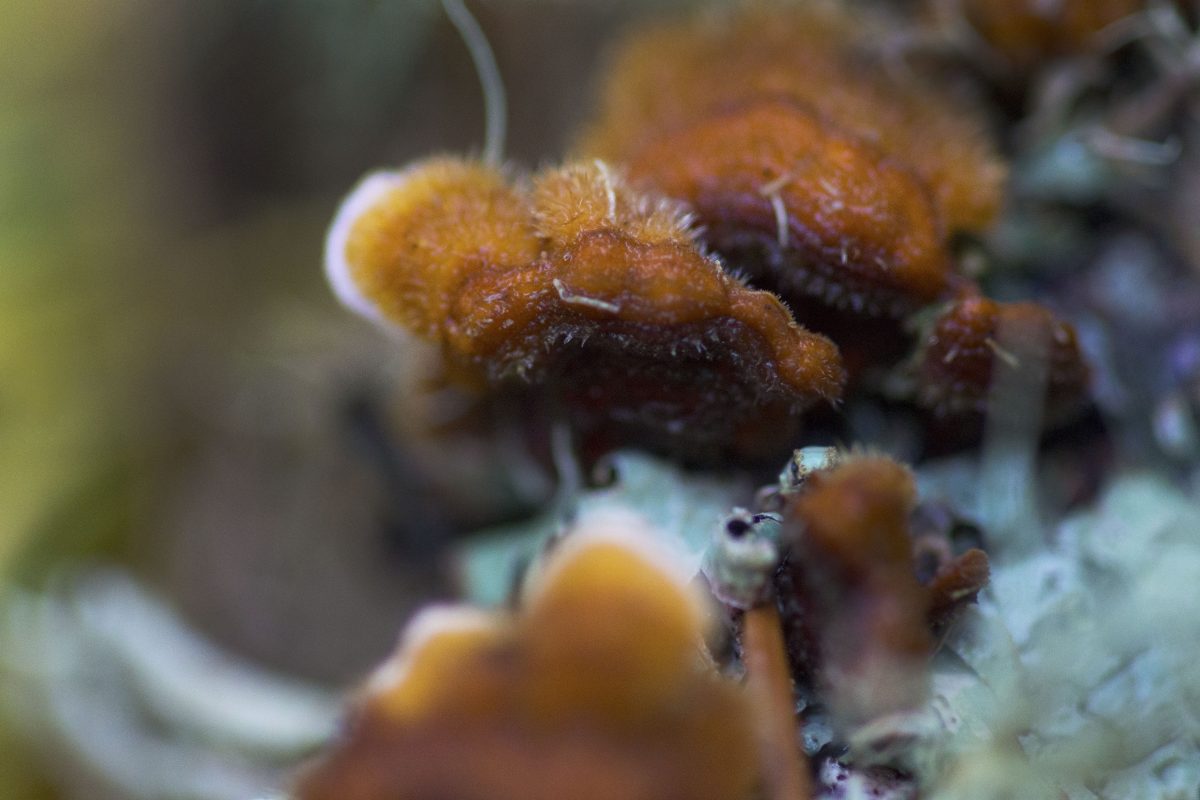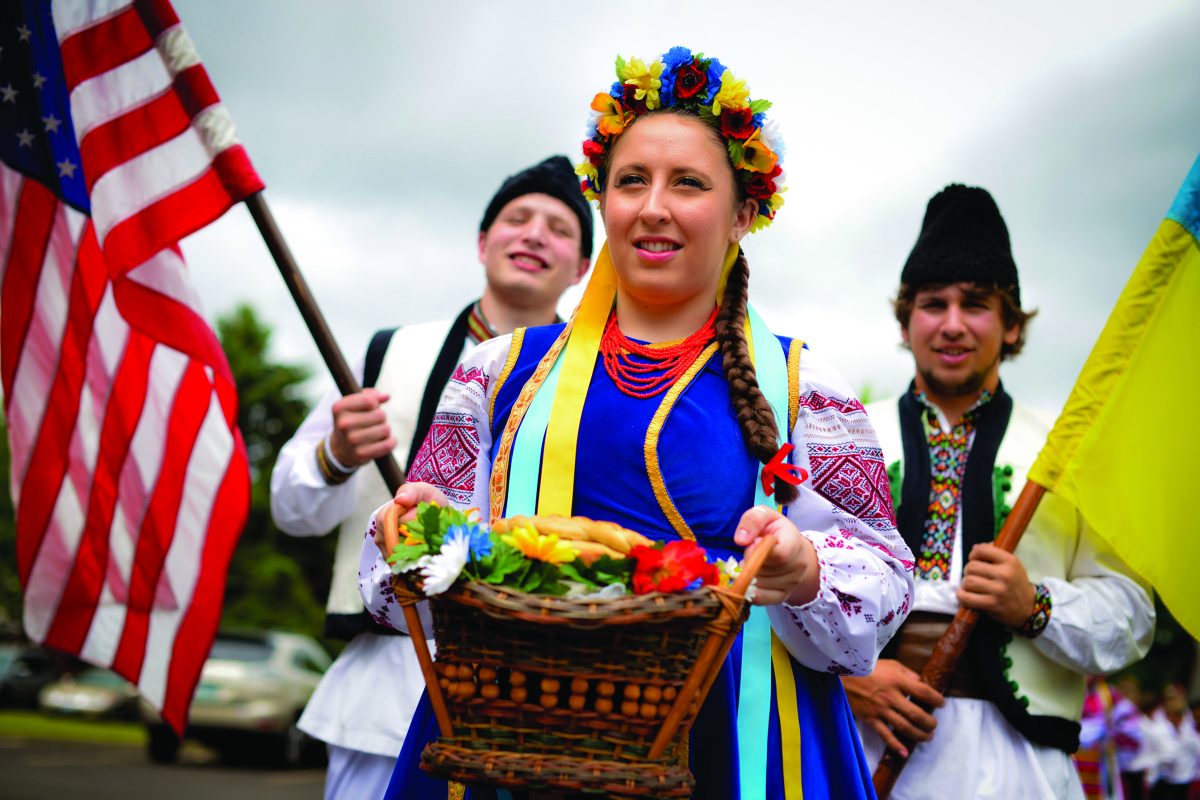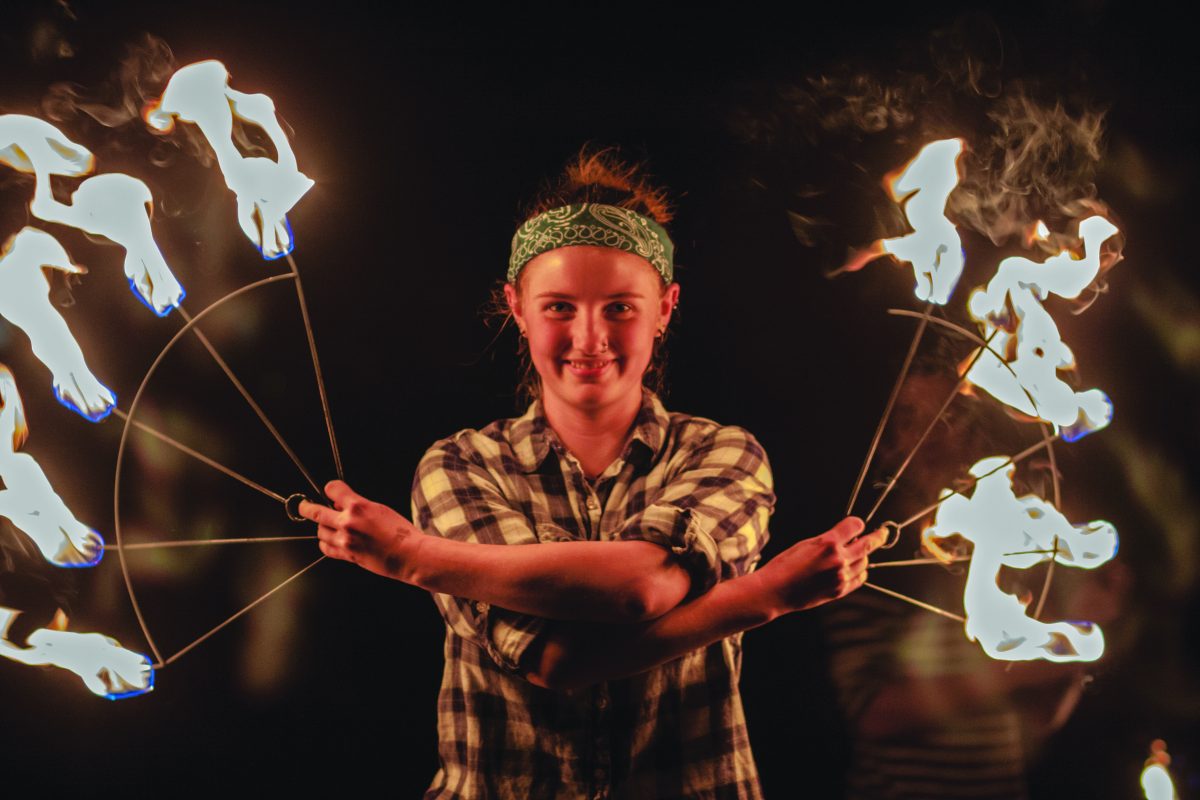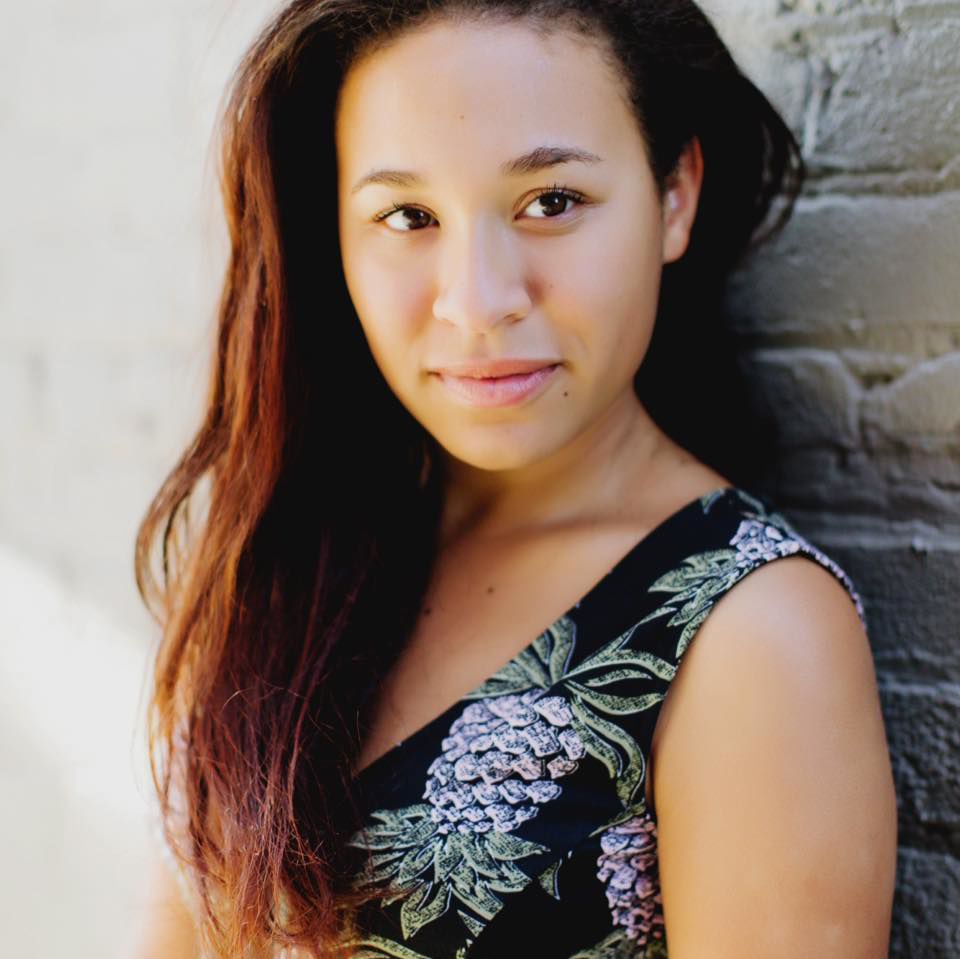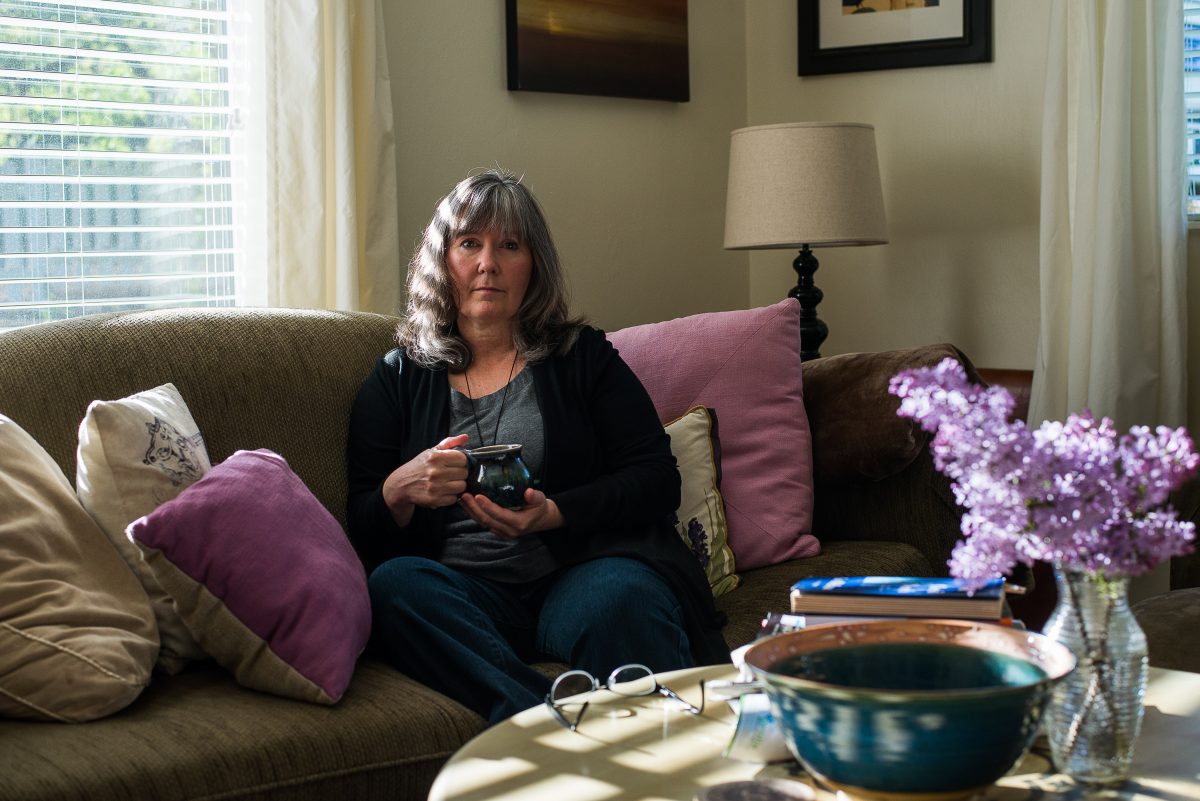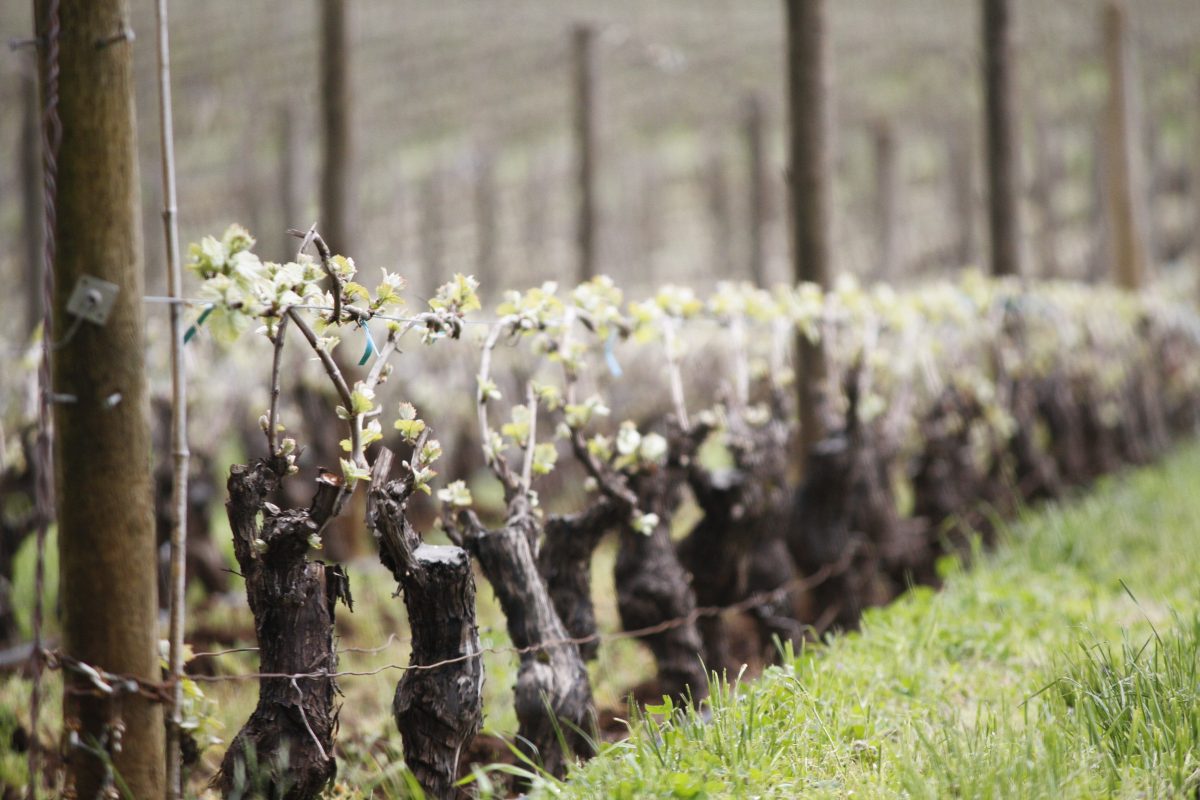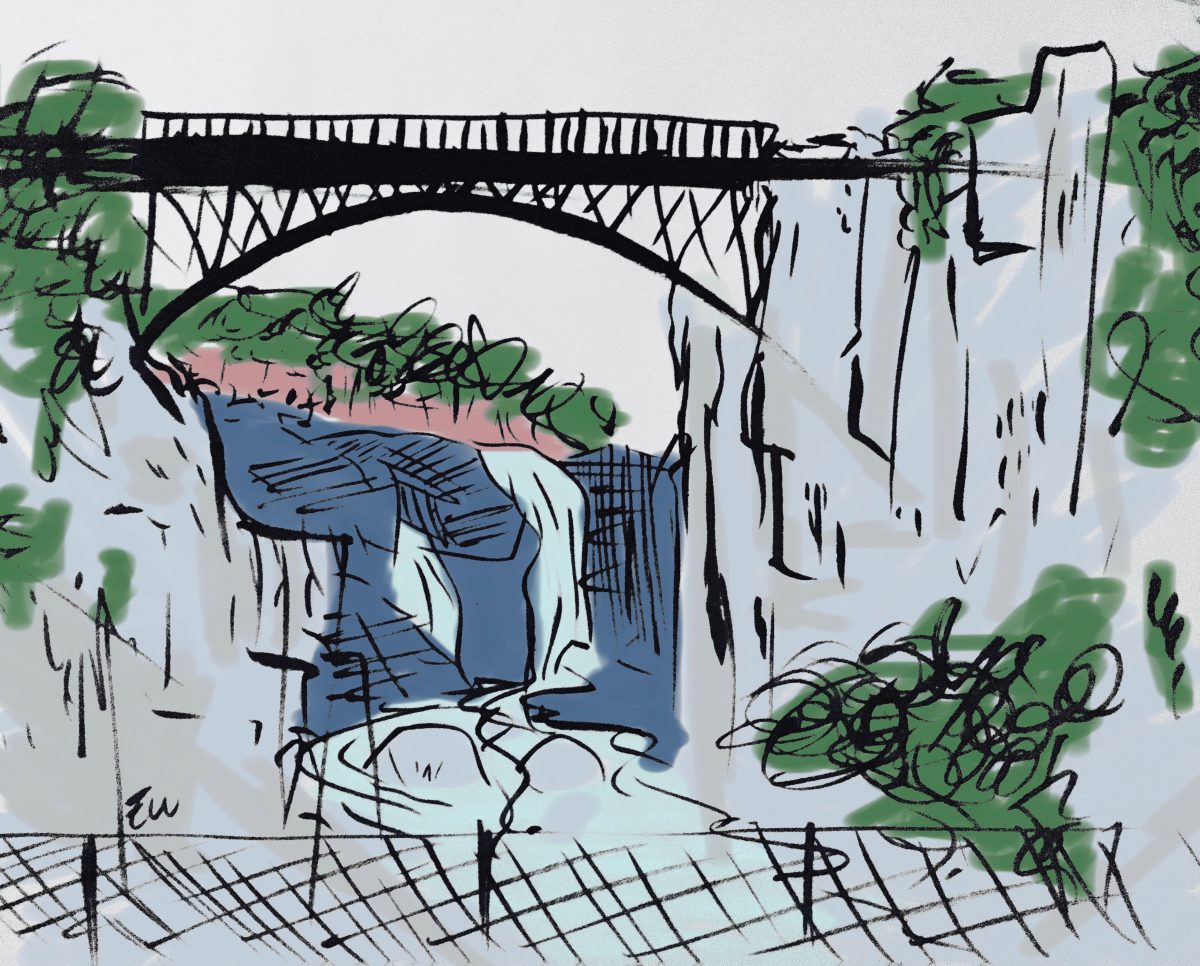Words by Erin Coates, photos by Johnny Hammond
[dropcap]D[/dropcap]riving out of the coastal town of Florence towards Yachats, the red roof of 56-foot-tall Heceta Head Lighthouse can be seen all the way from from Highway 101. Although people recognize the structure overlooking the cliff, very few know the rich history of the lighthouse and the land surrounding it. Heceta Head owes its name to explorer Don Bruno de Heceta who sailed the West Coast as a secret voyage for the Queen of Spain in 1775. The lighthouse itself was constructed in 1894 after the United States government allocated funds to build a lighthouse every 40 miles along the coast.
Three lighthouse keepers were needed to keep the light shining constantly all 21 miles out to sea, so two separate houses were built for the families. The first was shared by the two assistant lighthouse keeper’s families, and the other was for the head lighthouse keeper’s family. Once electricity was brought to the hillside in 1934, only two lighthouse keepers were needed. Inside the lighthouse, a cable with a 200-pound weight dangled from the gears that turned the light. The lighthouse keeper on the night shift was in charge of cranking the weight to the top of the tower where it would slowly fall for four hours before it needed to be cranked up again.
Volunteers from the U.S. Forest Service give daily tours of the lighthouse and tell stories about the people who lived there. “One night the cable broke loose from the weight, and as the lighthouse keeper on duty and his wife worked to make the repair, their 7-year-old daughter was able to get up to the top and manually rotate the lens enough to keep the ships safe,” Deb, one of the volunteers says.
The extra house for the assistants was put up for auction and sold for $10 in the 1930s. However, because the building was on government land, people could not live in it, so the lumber was hauled away, leaving an open field next to the house. The Coast Guard used this lawn during World War Two as a space for barracks and temporary houses while they kept an eye out for Japanese ships. In 1975 it became an annex of Lane Community College, until 1995 when the U.S. Forest Service wanted to use it for more historic tours.
“Lane Community College probably saved the house from being torn down for 20 years. The Forest Service didn’t know what to do with it. It wasn’t kept at the historic standards, but it was preserved,” says Michelle Korgan, the owner of the Heceta Head Lighthouse Bed and Breakfast.
The Heceta Head Lighthouse and Keeper’s House were both placed on the National Register of Historic Places in 1973, and turning the Keeper’s House into a bed and breakfast gave the United States Forest Service an opportunity to fund the restoration.
Korgan’s parents, Mike and Carol, were one of 500 people who applied to help with this project. “A Portland news station got wind this was happening and put it on the 5 o’clock news,” Korgan says, “My parents were sitting on the couch and looked at each other and said, ‘We have to do this.’They got in the car the next day and put their resumé under the door. They were right before the cut off. Ironically, they had never been in a bed and breakfast.”
According to their daughter, Mike and Carol’s hospitality skills come from owning a restaurant where they both are executive chefs and their experience with the architectural restoration of the “painted ladies,” colorful Victorian style houses in Portland.
“It wasn’t kept at the historic standards, but it was preserved.”
Originally, only three of the six rooms were rented out and the couple lived in the other half. There was not an online reservation system until their daughter, Michelle, bought the place from her parents in 2003. “Michelle would tell me how the phone would be on one level and the computer was up in the attic, and she would have to run back and forth while her mom was taking all these reservations on a paper ledger,” says Misty Anderson, the manager of the Heceta Head Lighthouse Bed and Breakfast.
The light keeper’s house has been a B&B for 21 years, and Korgan hopes to start a master development plan to restore the wings on the side of the house in the next five to seven years. This would make the house handicap accessible and also expand the kitchen for their catering opportunities.
Although the B&B is known for its history and seven-course breakfast, the ghost, Rue, is also a big draw. There are even binders in every room for people who stay the night to write down their stories. The ghost got her name from a group of students who were staying at the keeper’s house when it was an annex of Lane Community College used a Ouija board and asked who she was. The letters ‘R,’ ‘U,’ ‘E’ were spelled out, but since the lives of the women and children who lived at the keeper’s house were not documented, it is hard to say exactly who Rue might be. “We think it’s a light keeper’s wife, and when she lived here one of her children drowned,” Anderson says. The housekeepers have reported that they will make the beds in each room and turn around to see an indent in the sheets, as if Rue was sitting and looking out the window.
One of the things Korgan finds most rewarding about owning the bed and breakfast is hearing the stories of guests who have memories in the house from their childhood, and the staff archives the stories in order to preserve the memories of the lightstation. “There’s a woman who recently came, and she lived there when she was a little girl,” Korgan says. “She talked about having a pet deer that would follow them and was best friends with her dog. It’s so nice to have the house available to her.”
The future of the lighthouse is bright and constant, according to park ranger Ben Ervin. “With a building of this age in this location, continual preservation is critical, and it is what’s going to keep Heceta Head Lighthouse around for another 123 years.”
Heceta Head lighthouse overlooks the Pacific ocean and served as a traditional way for ships to navigate the rough waves and high wind of the Oregon coast. The light beacon, capable of reaching 21 nautical miles, is classified as the strongest light on all of the Oregon coast.


